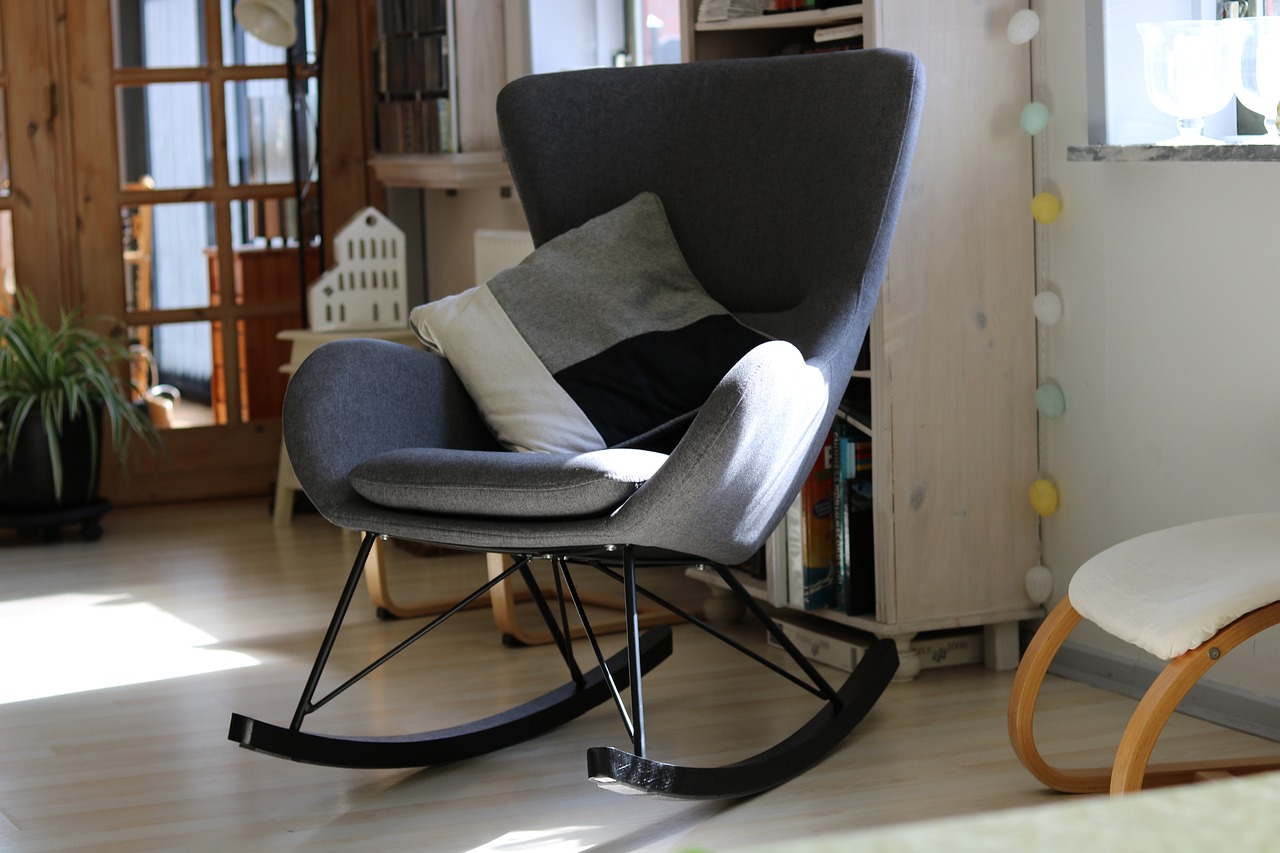Creating an Energy-Efficient Landscape: Tips for Sustainable Garden Design
Energy-efficient landscaping aims to minimize energy consumption while maintaining an aesthetically pleasing outdoor space. One fundamental aspect of this approach is selecting the right plants for your garden. Opt for native species that are well-suited to your climate as they require less water and maintenance, reducing the need for energy-intensive irrigation systems. Additionally, grouping plants with similar watering needs together can help optimize water usage and promote a healthier, more sustainable garden ecosystem.
Another key consideration in energy-efficient landscaping is the strategic placement of trees and shrubs to provide natural shade and windbreaks. By strategically positioning these elements, you can reduce the amount of direct sunlight that reaches your home, lowering indoor temperatures and lessening the dependence on air conditioning during hot months. Furthermore, creating windbreaks with dense vegetation can help block cold winter winds, minimizing heat loss and reducing the workload on your heating system.
Assessing Your Garden’s Energy Usage
One way to assess your garden’s energy usage is by evaluating your watering practices. Consider the frequency and duration of your irrigation routine. Are you overwatering your plants, leading to wastage of water and energy? Adjusting your watering schedule to match the specific needs of your plants can help reduce energy consumption.
Another aspect to examine is the type of lighting used in your garden. If you have outdoor lights, are they energy-efficient LED bulbs or traditional incandescent ones? Switching to LED lights can significantly lower your energy consumption and decrease your overall carbon footprint. Additionally, consider installing motion sensors or timers to ensure lights are only on when needed, further saving energy.
How can I make my garden more energy-efficient?
One way to make your garden more energy-efficient is by choosing native plants that require less water and maintenance. Additionally, incorporating mulch and compost can improve soil quality and reduce the need for chemical fertilizers.
What are some basic principles of energy-efficient landscaping?
Energy-efficient landscaping involves strategically placing trees and shrubs to provide shade in the summer and windbreaks in the winter. Using permeable materials for pathways and driveways can also help reduce water runoff.
How can I assess my garden’s energy usage?
You can assess your garden’s energy usage by monitoring your water and electricity usage, as well as keeping track of how much time and money you spend on maintenance tasks like mowing and weeding.
Are there any tools or resources available to help me assess my garden’s energy usage?
Yes, there are online calculators and tools that can help you estimate your garden’s energy usage and identify areas where you can make improvements. Additionally, consulting with a landscaping professional can provide valuable insight and recommendations.





